Shen Dillon
- Name
- Professor Shen Dillon
- Institution
- University of California-Irvine
- Position
- Professor
- h-Index
- 38
- ORCID
- 0000-0002-6192-4026
- Biography
Shen J. Dillon is an Professor in the Department of Materials Science and Engineering at the University of California Irvine. He received his B.S. and Ph.D in Materials Science and Engineering from Lehigh University in 2007. He worked as a Research Associate at Carnegie Mellon University and a Visiting Research Scientist at the Massachusetts Institute of Technology. He joined the faculty at the University of Illinois at Urbana-Champaign in 2009 and moved to UC Irvine in 2021. His scientific interests relate to understanding the key role played by inorganic interfacial structure-property relationships in affecting the performance of systems relevant to energy generation, conversion, and storage. Much of his recent work has related to developing and applying novel in situ characterization techniques that can be applied to understanding the dynamic properties of materials and their interfaces. He is the author of over 100 articles, and was a recipient of the 2011 Department of Energy Early Career Award, the 2013 National Science Foundation CAREER Award, and the 2015 American Ceramic Society’s Robert L. Coble Award for Young Scholars. He is a fellow of the American Ceramic Society
- Expertise
- Microscopy
|
"Using in situ UO2 bicrystal sintering to understand grain boundary dislocation nucleation kinetics and creep"
Shen Dillon,
Journal of the American Ceramic Society
Vol.
2024
Link
Capillary evolution at bicrystal UO2 grain boundaries is characterized using in situ transmission electron microscopy. The discontinuous nature of the densification process, both particle rotation and axial strain, along with the large activation stress for densification support a hypothesis that grain boundary strain in UO2 follows nucleation rate limited kinetics at low to intermediate stresses, that is, less than ≈10^8 Pa. The temperature dependence of the average activation stress for sintering agrees well with analysis of bulk sintering data and creep data reported within the literature when analyzed in the context of a grain boundary dislocation nucleation rate limited kinetic model. |
| DOE Awards 37 RTE Proposals - Awarded projects total nearly $1.4M in access awards Tuesday, July 14, 2020 - News Release, Calls and Awards |
About Us
The Nuclear Science User Facilities (NSUF) is the U.S. Department of Energy Office of Nuclear Energy's only designated nuclear energy user facility. Through peer-reviewed proposal processes, the NSUF provides researchers access to neutron, ion, and gamma irradiations, post-irradiation examination and beamline capabilities at Idaho National Laboratory and a diverse mix of university, national laboratory and industry partner institutions.
Privacy and Accessibility · Vulnerability Disclosure Program

